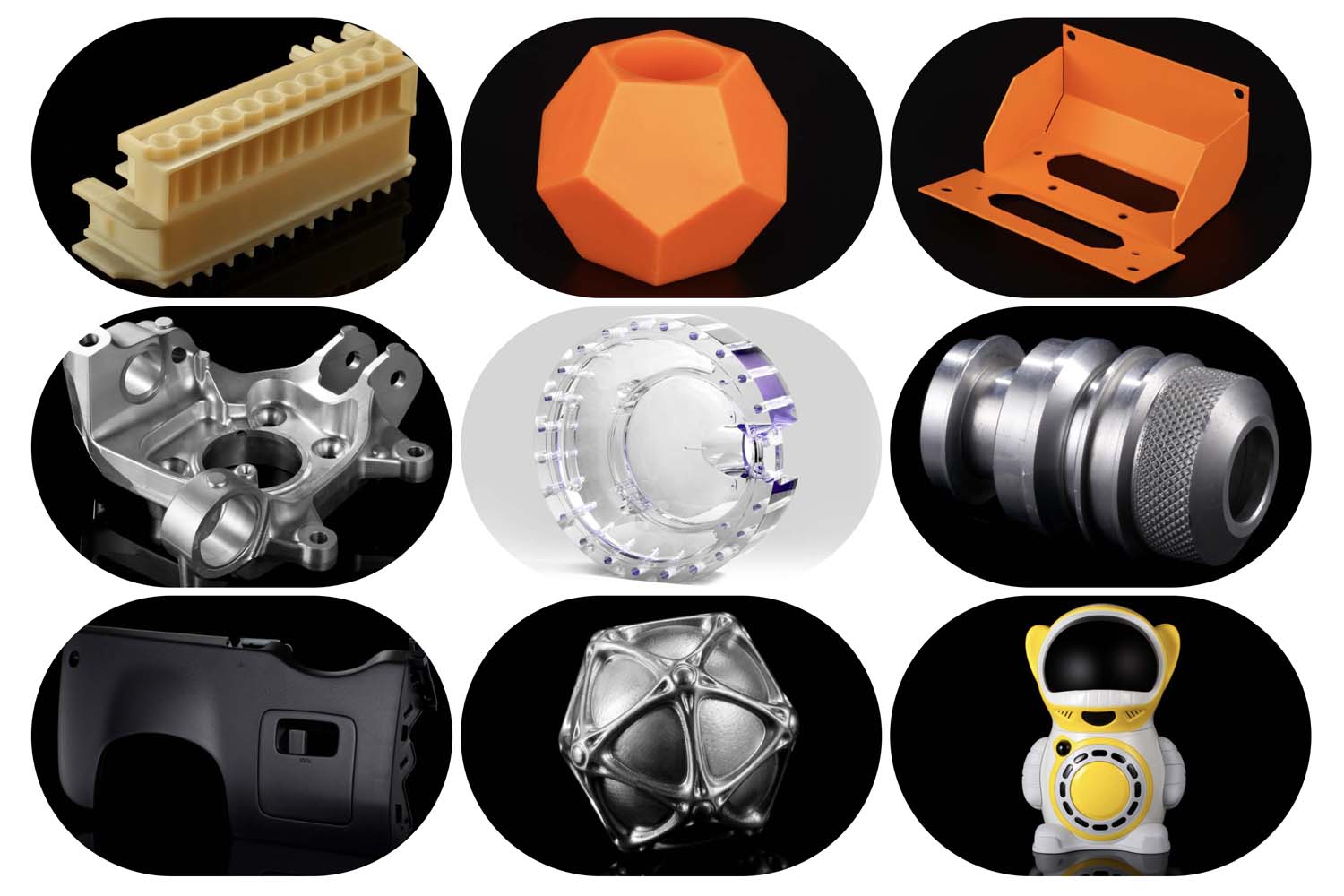A.C. anodizing, or Alternating Current anodizing, is a variation of the anodizing process that uses alternating current (AC) instead of direct current (DC) to create an oxide layer on the surface of a metal, typically aluminum. Unlike D.C. anodizing, where the current flows in one direction, A.C. anodizing involves a current that alternates its polarity, causing the metal to act as both the anode and cathode during the process. This unique setup results in different oxide layer characteristics compared to traditional D.C. anodizing.
A.C. anodizing is less common than D.C. anodizing but is used for specific applications where its unique properties are beneficial, such as thin oxide layers, decorative finishes, or specialized surface treatments.




